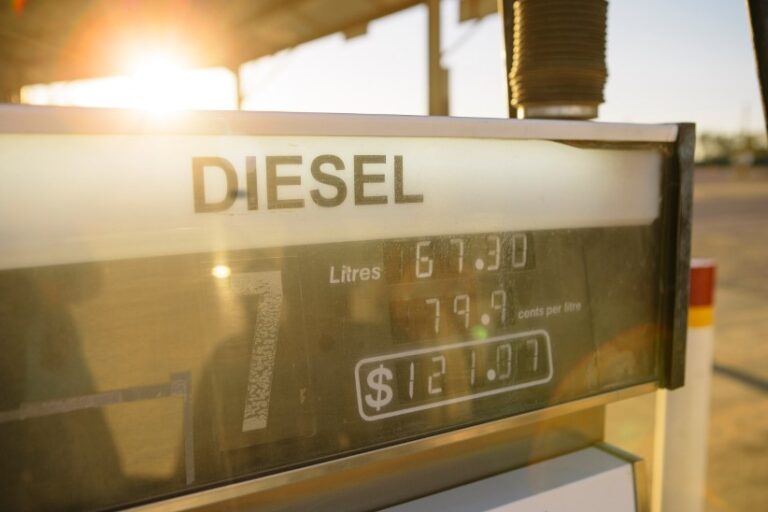– By Caroline Falls –
When we hear the price of crude oil is dropping we expect to see a proportional decline in the price of fuel at the pump. But, what proportion?
Looking at recent published research, in addition to checking on pump prices charged to fuel card holders in Brisbane, Fleet Auto News estimates that for every 10-cent drop in the price of crude you can expect to see a drop of between three and four cents in the price of diesel at the service station.
The US-dollar price of the benchmark Brent crude, a basket of 15 North Sea oils, fell some 52 percent in the year to Sept 2, according to Brisbane-based fuel and lubricant research and advisory group Fueltrac.
“We are often asked why this same percentage drop is not reflected in Australian domestic fuel prices,” said Geoff Trotter, general manager of Fueltrac, in a recent report. The Market Place Report sets out a breakdown of how the price of diesel is affected by variations in the price of Brent crude.
Essentially, the Fueltrac research showed that the price of Brent crude accounted for a 39 percent share of the makeup of the price of landed diesel, or what they refer to as the Fueltrac import parity indicator price (IPIP). Taxes accounted for 41 percent of the price and margins for another 18 percent.
In other words, the $1.17 a litre IPIP as at Sept 2, 2015 comprised near 46 cents related to the price of crude oil, some 48 cents in taxes and about 21 cents in margins.
Fueltrac said that $1.17 a litre ex-terminal price is 14 percent lower than a year earlier. That compared to a drop 35 percent in the Australian-dollar price of crude oil in the same period. Because Brent is traded in US dollars any variations in the Australian dollar-US dollar exchange can have a big effect on the make-up of the price at the pump.
Meanwhile, fuel card holders were paying about $1.29 a litre for diesel in the Brisbane area on the same day, according to Susan Nicholson, marketing director at WEX Australia, a fleet services provider. Among its offerings to fleets is the WEX Fuel Card.
The 12-cent markup on the ex-terminal price used in our examples here is what the fuel retailers make. “That’s the retail margin,” Trotter told Fleet Auto News. “That’s the difference the service station guy makes.”
Greg Drumm, managing director of WEX Australia, said competition in the fuel card market is likely to see a narrowing in retail margins.
“Over recent months the margin is unchanged or if anything trending a little lower,” Drumm said, adding, “What we see in the fuel card market is strong competition that we expect to continue and even increase, which will put further downwards pressure on margins, contributing to lower retail prices.”






